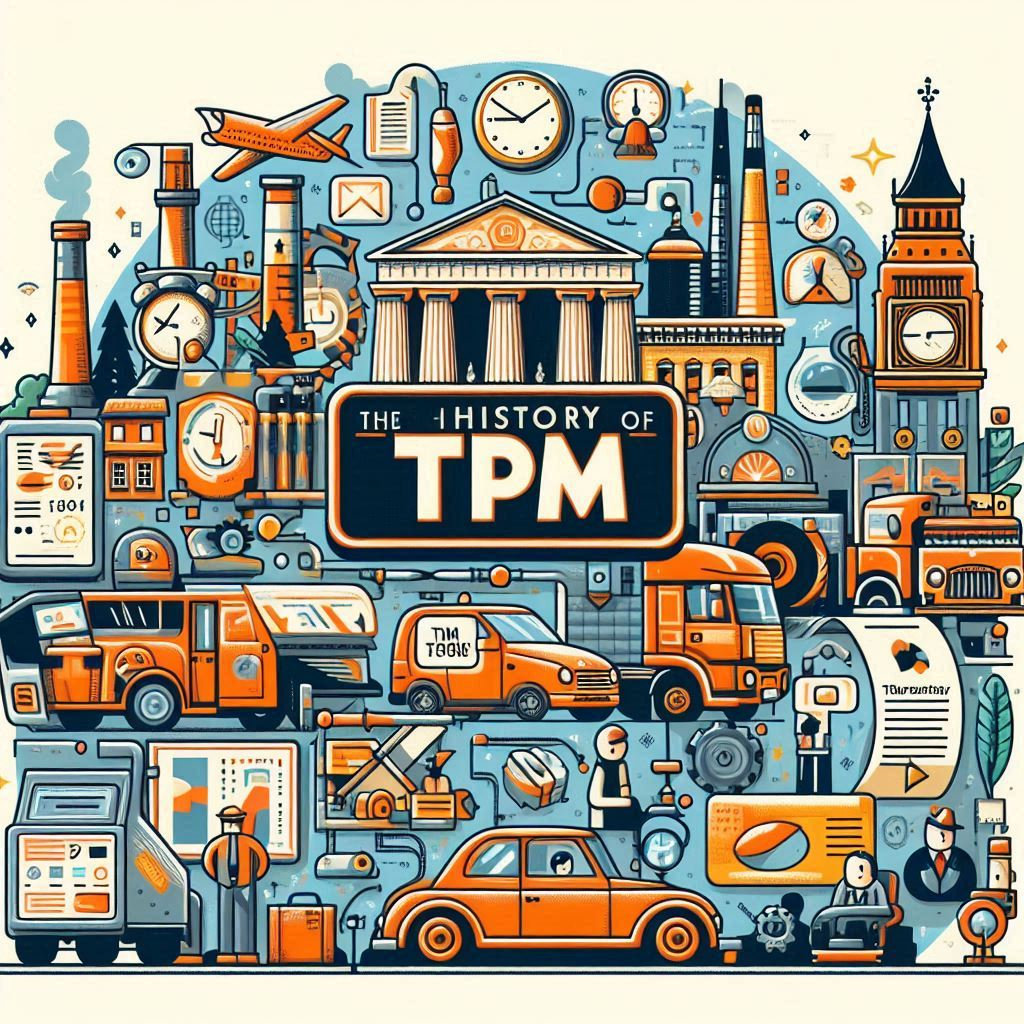In the realm of project execution and product development, three roles often come up: Program Management, Technical Program Management (TPM), and Product Management. While these roles may seem similar at first glance, they have distinct responsibilities and objectives. Here’s a breakdown of each role and how they differ.
Program Management
Program Management focuses on overseeing a collection of related projects aimed at achieving a broader business objective. A Program Manager (PgM) ensures that all projects within a program are aligned, on schedule, and within budget. Key responsibilities include:
• Coordination: Managing interdependencies between projects to ensure cohesive progress.
• Strategic Alignment: Ensuring projects align with the organization’s strategic goals.
• Risk Management: Identifying and mitigating risks across the program.
• Stakeholder Communication: Keeping stakeholders informed about the program’s progress and challenges.
Technical Program Management (TPM)
Technical Program Management is a specialized branch of Program Management that emphasizes the technical aspects of program execution. A Technical Program Manager (TPM) often has a strong technical background and works closely with engineering teams to deliver complex technical projects. Key responsibilities include:
• Technical Oversight: Providing technical guidance and ensuring that technical solutions meet the program’s requirements.
• Resource Allocation: Managing technical resources and ensuring optimal use of engineering teams.
• Technical Communication: Acting as a bridge between technical teams and non-technical stakeholders to ensure clear communication.
• Problem Solving: Addressing technical challenges and ensuring timely resolution of technical issues.
Product Management
Product Management is centered around the lifecycle of a product, from ideation to development, launch, and beyond. A Product Manager (PM) is responsible for defining the product vision, strategy, and roadmap based on market research and customer feedback. Key responsibilities include:
• Market Research: Understanding customer needs, market trends, and competitive landscape.
• Product Strategy: Defining the product vision, strategy, and goals.
• Roadmap Planning: Creating and managing the product roadmap to align with business objectives.
• Cross-Functional Collaboration: Working with engineering, design, marketing, and sales teams to bring the product to market.
• Metrics and Analysis: Monitoring product performance and making data-driven decisions to enhance the product.
Key Differences
• Scope: Program Managers focus on managing multiple related projects, TPMs handle the technical aspects within those projects, and Product Managers concentrate on the product lifecycle.
• Skills: Program Managers excel in strategic planning and coordination, TPMs have strong technical expertise, and Product Managers possess a deep understanding of the market and customer needs.
• Objectives: Program Managers aim to achieve business objectives through project alignment, TPMs ensure technical success and feasibility, and Product Managers drive product success in the market.
Understanding these distinctions helps organizations assign the right responsibilities to the right roles, ensuring effective project execution and product development. Whether you’re aiming to keep projects aligned, solve complex technical problems, or bring innovative products to market, each role plays a crucial part in the overall success of the business.

